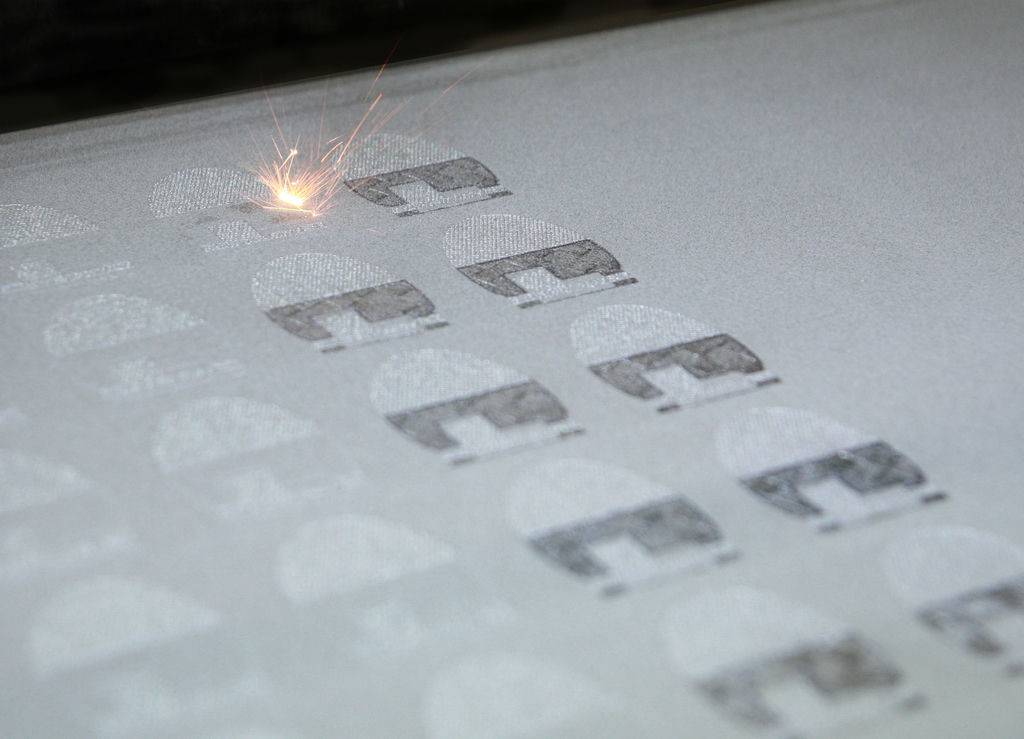Irrespective of the industry, there has been an increase in the awareness and discussions with customers and suppliers regarding the qualification of additively manufactured parts and process. In recent years, there is also an increase in the creation and release of Additive Manufacturing (AM) related standards. Organizations such as SAE, ASTM, and FDA etc. are providing guidance for AM device/part OEMs in order to qualify the process; standards have been published or are under development.
Setting the foundation for qualified serial production
In order release the full potential of Additive Manufacturing (AM), OEMs – regardless of their industry – must build up and use the necessary know-how and experience to successfully go through the implementation process of AM: i.e. from finding and developing a suitable application, qualifying, ramping-up, certifying and scaling this AM production.
Once the right application has been identified and developed, the next step involves analyzing and assessing activities necessary to qualify the process and additively manufacture parts. The scope of the qualification project along with any gap analysis, project plan and project team members are determined. Management buy-in and allocation of appropriate resources are critical in order to proceed to succeeding phases.
After the approval of the qualification plan, a detailed AM-process risk assessment is performed, in order to identify failure modes, document cause and effects of failures and necessary mitigations in place. A good example of failure mode is powder contamination detected during incoming inspection testing. One of the effects of this failure mode is
reduction of mechanical properties of built AM parts. A potential cause of failure could be improper cleaning of measurement equipment before testing. Mitigations to prevent this failure mode is to create a cleaning/control procedure of measurement equipment before testing with appropriate training, a regular audit of the testing process to name a few.
Process qualification is performed next, to verify if the process is performing as anticipated
throughout the whole operating range. A test plan is then drafted, defining the operating range and approved by the qualification team. Finally, the test plan is executed and the results are documented appropriately.
Shortening time-to-market during qualification
When process qualification is part of MRL 5-6, a smartly-defined qualification job layout should be used as part of the capability study, which helps to significantly shorten time-to- market. The layout should not only cover the OEM’s specific requirements, but also industry specific standards and norms. The most common AM properties to be tested within the aerospace industry are tensile properties, creep behavior, fracture toughness, fatigue, crack
propagation and bearing stress, etc.
Another aspect to consider is that the results and data obtained during this initial capability study can be used again at a later stage when optimization and changes are implemented. Re-qualification efforts can be minimized by referring back to this originally generated information.
All of the steps above fall under a well-defined qualification strategy and are succeeded with the part specific qualification and statistical process controls (MRL 7-8). The effort and time to perform the qualification is greatly minimized by the support from a well experienced qualification team and thereby shortens the time-to-market of the product.
The Additive Minds Approach
Additive Minds, the AM consulting unit of EOS GmbH, has developed an AM implementation roadmap which is structured in 5 interconnected phases and designed to keep the AM learning curve both short and cost-efficient.
Phase 1 – “Find your application“ focuses on finding suitable applications for the additive manufacturing process and evaluate their technical and economic suitability.
Phase 2 – “Develop your application“ embraces the development of the selected applications, mainly regarding redesign or creating a new AM design implementing topology optimization software, optimizing process and material and/or fine-tuning part characteristics for competitive advantages.
Phase 3 – “Ramp up your production” covers the ramp-up of the AM production, beginning with a production planning and calculation of all efforts needed for the implementation of the specific applications. There is also the need for integration AM in the conventional production processes.
Phase 4 – “Certify & Scale your production” is transformation: Getting organizations AM-ready. Unlike the first three phases, Phase 4 (AM Transformation) is not linear and elapses in parallel to the other phases, since required a holistic approach /view of enabling processes, organization, and the most valuable resource a company has – the people that make it happen. Inherent part of this phase is, depending on the specific industry, the
certification process and also the scaling up of the productions capacities.
Phase 5 – “Establish Digital Manufacturing Facilities” focuses on entering fully digitizing AM production with highly automated processes and integration into existing manufacturing systems as well as industrial IOT solutions.


